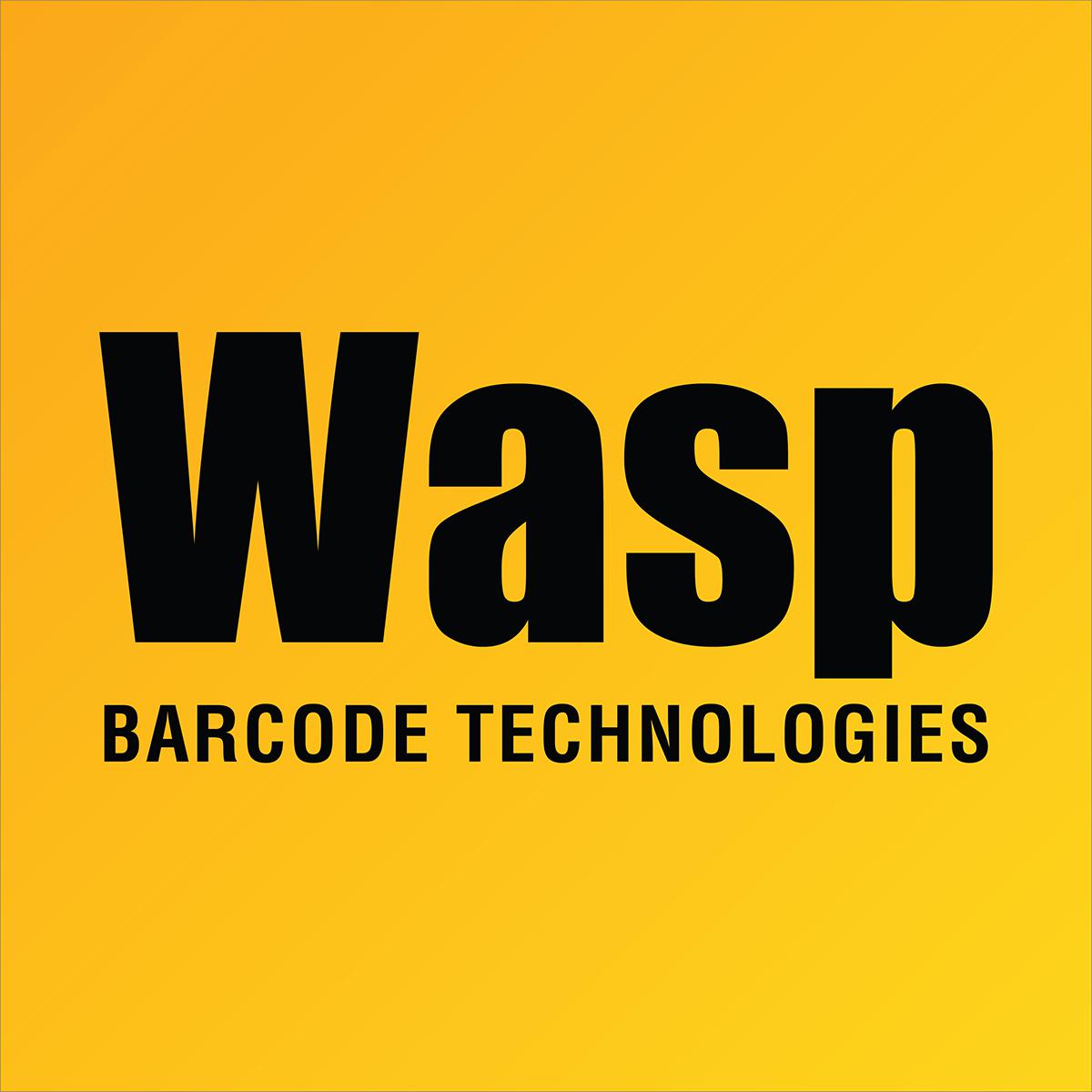Wasp Barcode Technology offers mobile computers based on Windows Mobile and Windows CE mobile operating systems. To connect them to a PC, Windows Mobile Device Center (or ActiveSync for Windows XP) must be installed on the PC and operating correctly. Because of WMDC's complexity, changes in Windows, and potential blockages by third-party products, Wasp and other vendors have compiled links, guides, and utilities in the pursuit of keeping as many devices continuing to connect to as many PCs as possible.
Downloads
Windows Mobile Device Center for 64-bit Windows
Windows Mobile Device Center for 32-bit Windows
ActiveSync (only for Windows XP and Windows Server 2003)
Article by Juniper Systems "WMDC in Windows 10" (includes WMDC-Helper.exe)
Wasp's Notes on WMDC-Helper by Juniper Systems
Troubleshooting Articles (see other links below in Related Pages)
Windows 10 has introduced new challenges getting devices to connect. Several related articles:
Windows Mobile Device Center and Windows 10 by Wasp - Media Feature Pack downloads
WMDC in Windows 10 by Juniper Labs - notes on WMDC-Helper, registry changes, etc.
McAfee Livesafe prevents Windows Mobile/CE device connection
Other articles:
Common connection issues with ActiveSync / WMDC by Juniper Systems
Corporate Security (Firewall or Virus Scan) conflict by Juniper Systems
WMDC will not fully install, connect, or uninstall by Juniper Systems
Windows Mobile Device Center - Troubleshooting by Chris De Hererra (Pocket PC FAQ)
Windows Mobile Device Center - Connection Overview by Chris De Hererra (Pocket PC FAQ)
Windows Mobile Device Center - Firewall Requirements by Chris De Hererra (Pocket PC FAQ)
Microsoft's ActiveSync 4.0, 4.1, and 4.2 USB connection troubleshooting guide (Internet Archive Wayback Machine)
Microsoft's TCP ports required by ActiveSync 4.x (Internet Archive Wayback Machine)
Microsoft's How to troubleshoot ActiveSync 4.0 or later error codes and messages
Discussion and Tips
- For a mobile device to show as connected in Windows Mobile Device Center, it must appear in Device Manager (and install drivers for) either a Network Adapter/Microsoft Windows Mobile Remote Adapter, or a Mobile Device/Microsoft USB Sync. (Which one appears is dependent on how the "Enable Advanced Network Functionality" is set on the device. Checked = MSWMRA; Unchecked = Serial.)
After one of those shows up, there should be another driver installation for a Portable Device (usually the device model, but might be renamed). When the Portable Device installs properly, that's when WMDC will show as connected. If anything interrupts that full process, WMDC will not show the device as Connected.
At this point, the device is visible to Wasp software (AssetCloud, CountIt, InventoryControl, MobileAsset, PackageTracker) for setup or data sync.
- If Device Manager shows an unknown RNDIS device and can't find the drivers, you can install them manually from here:
C:\Windows\WindowsMobile\Drivers\RNDIS
If the Drivers folder isn't present, the WMDC installation is corrupt, and it should be uninstalled and reinstalled.
- Both Windows Mobile Device Center and Windows Mobile Device Center Update must show in the Windows control panel Programs and Features for it to function properly. If only one is there, uninstall it, then reinstall so they both appear. If only the WMDC Update component installs and nothing else happens, kick off the next part manually by running C:\Windows\WindowsMobile\Drivers\RNDIS\wmupdate.msi.
- Suggested ports to unblock in security/protection software, for Svchost/WcesComm:
outgoing UDP, remote address 169.254.2.1, remote port 5679
incoming TCP, remote address 169.254.2.1, local port 990
Source: https://social.msdn.microsoft.com/Forums/en-US/93efdeb2-b417-476a-9252-689375163c4d/unable-to-install-windows-mobile-device-center-on-windows-10-v-1709?forum=windowsmobiledev - Some customers using Group Policy to enforce security settings, and others with protection software, have reported that they had to enable connections from USB devices to get connected.



